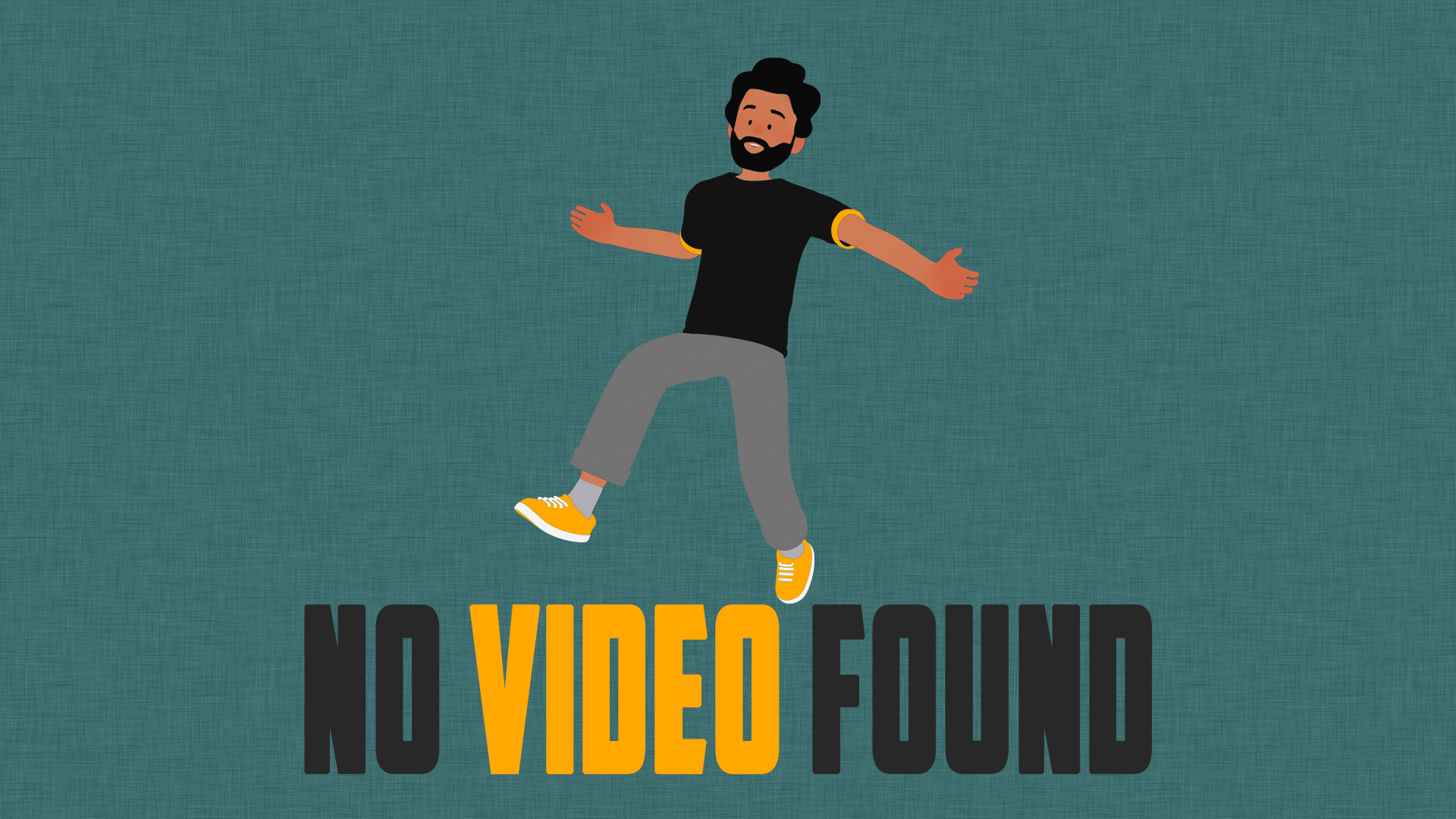



A green screen is a large green backdrop placed in the background of a shot to allow for digital effects later. In Post-Production, the special effects department will edit the background from green to… anything they want with CGI (computer-generated imagery) or background footage called "plates." The screen can take up the entire background or just a portion of it, depending on what needs to be replaced.
It doesn’t match any natural skin tone or hair color, so it’s easy to remove without grabbing parts of the person in the foreground. But if you’re trying to match a lower-light background, or you need to have a green prop in your project, a blue screen works best.
Various types of colors of "green" screens were used in the early to mid 20th century in black and white movies and plays, but they gained in popularity once digital cameras came around. Digital cameras tend to capture twice as much green color compared to all other colors, including blue. That means, it’s easier to single out and replace the green background in post-production than any other color.
Keying is the process of removing the green screen in post-production using photo or video editing software. After keying the background, you’d be left with a transparent background, where you can install anything—from images to videos that blend seamlessly into the main subject of the shot.
“ Unlock your brand's potential with expertly crafted videos and concepts. Our skilled team ensures the perfect blend of creativity and professionalism, leaving a lasting impression. Discover what your brand may be missing – let our experts guide you to success.”
Send Enquiry